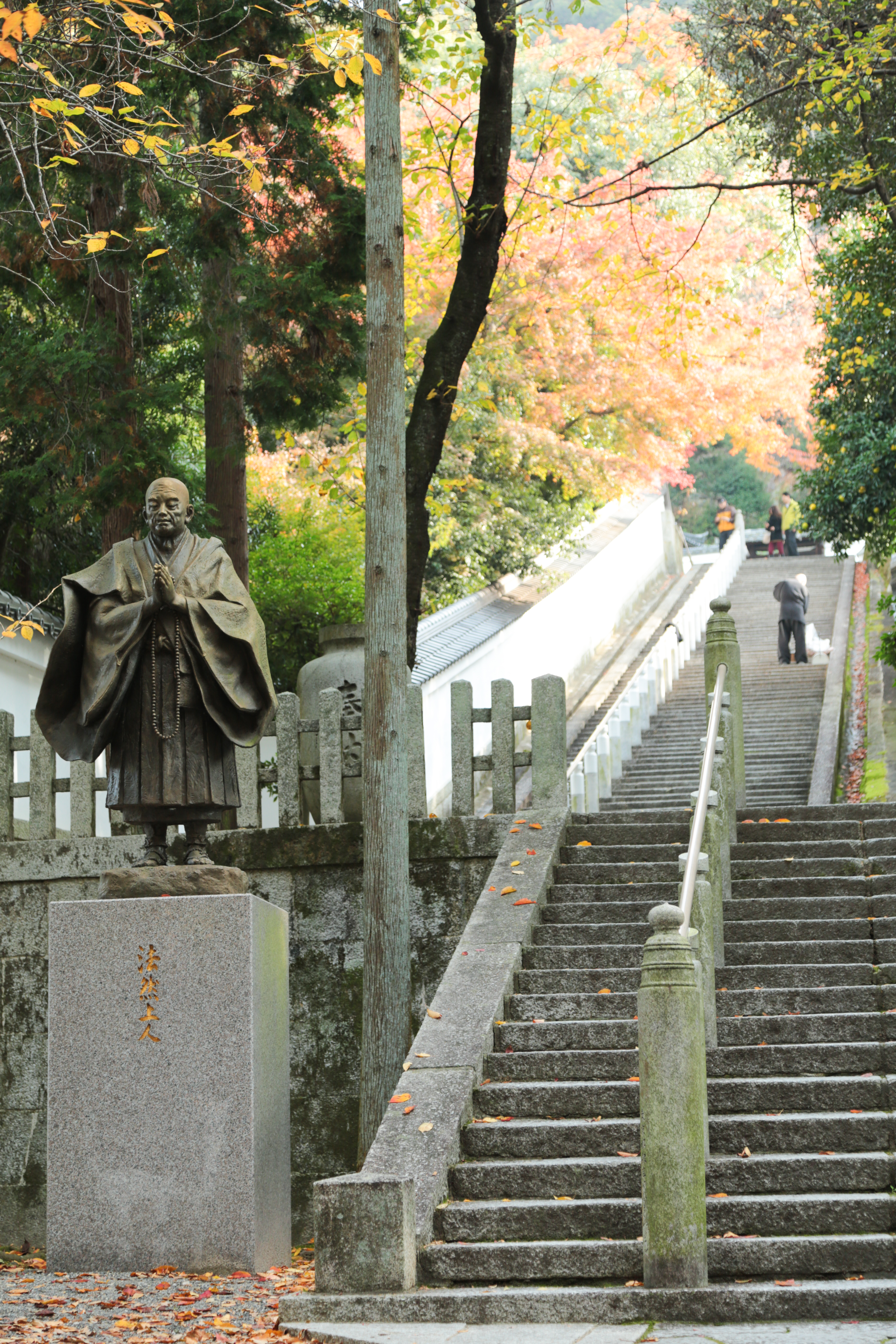Part 2: Buddhist Path
Module 8 of An Introduction to Buddhist Practice
Photo by Norio Nakayama, CC BY-SA 2.0
Having come to the halfway point of our course, one might rightly question what makes Buddhism so different from other religions? Sure, Buddhism “puts cruelty first” and has lots of handy lists, but so far “be generous and don’t do evil” sounds like pretty standard Religious Wisdom™️, no?
And that is somewhat accurate of what we’ve covered so far. Buddhism claims no exclusivity on teaching the good life. What Buddhism does uniquely have is the path beyond suffering. For, no matter how rich and privileged you are, no matter how nice and kind and even saintly you become, even the best life still has its ups and downs. As the Buddha explained:
“What do you think, Udāyī? On an occasion when someone refrains from killing living creatures, is their self perfectly happy at that time, or does it have both pleasure and pain?”
“It has both pleasure and pain.”
“What do you think, Udāyī? On an occasion when someone refrains from stealing … sexual misconduct … lying, is their self perfectly happy at that time, or does it have both pleasure and pain?”
“It has both pleasure and pain.”
~ From MN 79
In part II, we finally turn to the Noble Eightfold Path, and the transcendant teachings.
- The Buddhist goal is to overcome all suffering: to never cry or lament. This sutta shows how radical such detachment really is.